One of the new technology inventions in the agricultural industry that has become popular in the last couple of years is Genetic Modification (GM). In Agriculture, GM technology involves changing, removing or inserting certain DNA traits into a given plant in order to boost its growth rate and resistance against pests and other harsh environmental conditions.

This technology became popular in the late 1990s when the US Food and Drug Administration (FDA) approved the first genetically modified tomato. This led to the rise of other genetically modified crops that have become popular in the last two decades. Some of the popular genetically modified crops include cotton, soybeans, apples, and potatoes.
In today’s article, we will share with you everything you need to know about genetically modified crops, including their benefits and potential side effects.
How are plants genetically modified?


As we shared earlier, genetic modification technology has made it possible to change the DNA of crops hence giving them new traits like being more resistant to pests. But how does this actually happen? First, we need to understand that the characteristics of any living organism are determined by its genetic makeup and how it interacts with the surrounding environment.
That is why people who share the same genes tend to have similar traits if they are brought up in the same environment. Changing the environment or the genetic makeup of plants has a significant impact on their survival and how they grow. In the last couple of decades, scientists have found a way to tweak the genetic makeup of certain crops to improve their survival capabilities and growth.


Different cells of a plant have an entire set of DNA instructions (genome) that determine how these cells behave under certain environments. Genetic modification of plants involves adding a specific stretch of DNA into the plant’s genome. These changes usually include improving its ability to resist certain diseases and pests, changing color, boosting growth rate, and more.
Once the DNA of a plant is changed, all its future seeds will also contain that new DNA. Over a long period, changes made will bear thousands of seeds that can be spread all over the world.
Are GM crops safe to eat?
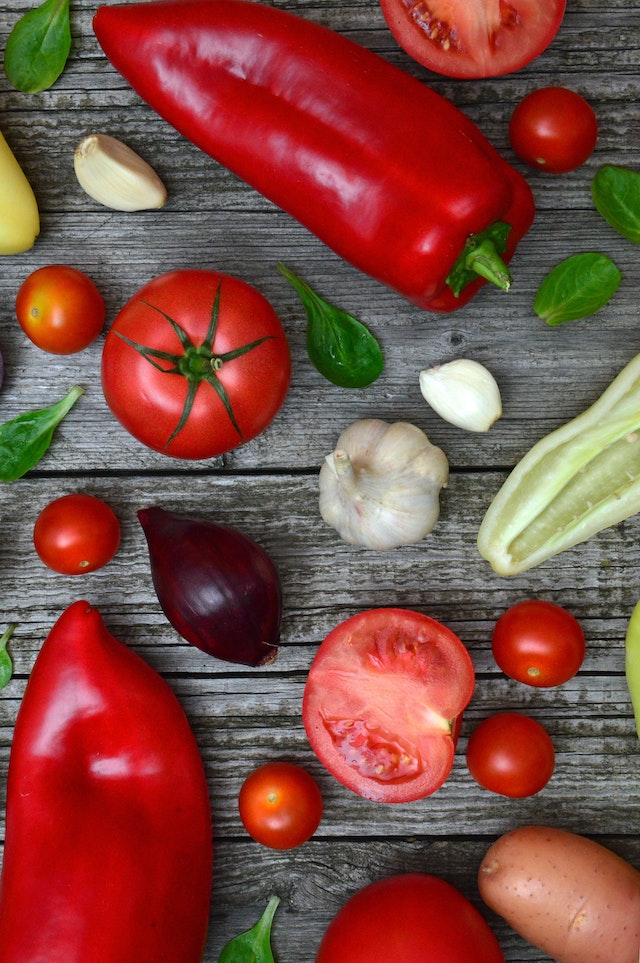

There is no evidence showing the dangers caused by any of the verified genetically modified crops. Before any GM crop goes on the market, it has to undergo tests by regulatory bodies such as the FDA in the US and other Food regulatory authorities in different countries. The role of these authorities is to verify that the DNA changes made aren’t harmful to the final consumers, including animals and humans.
It should be noted that more than 95% of animals used for meat and dairy in the United States eat GMO crops. However, several independent studies have shown no difference in the health condition between animals that feed on GM crops and those that eat the original version of these crops. So, people don’t have to worry about any negative side effects of eating GM crops.
When it comes to taste, genetically modified crops may taste slightly different from their original versions. However, most GM crops actually have a better taste than non-modified crops. A 2007 study by Nature Biotechnology showed that 60% of people involved in a blind test of tomatoes preferred the taste of the genetically modified ones.
Of course, taste is subjective, which is why 40% of the people involved in the above study preferred the original version of the tomatoes. But most of the time, the two versions of the crops will have almost the same taste if the GM process is properly done.
The common GM crops in the world


- Corn
Corn is one of the most common genetically modified crops in the world. Genetically modified corn is created to resist insect pests or tolerate herbicides. So, it can properly grow in environments with lots of pests. This reduces the expense of spraying corn fields with pesticides. GM corn produces proteins that are dangerous to certain insect pests but not to humans and animals.
- Cotton
Cotton is another popular genetically modified crop around the world. GM cotton is created to be resistant to bollworms which are a huge problem to developing cotton bolls. Using GM cotton seed has created a major boost in cotton production in popular regions like Alabama. GM cotton is also used to make cottonseed oil, used in packaged foods and in many restaurants for frying.
- Apples
There are certain Apple species that have been genetically modified in order to resist the browning effect after they are cut. We all know that browning effect that most Apples get a few hours after you cut them in half. The only way to avoid this effect is by putting the Apples in a refrigerator. However, this is not an ideal solution for Apple farmers in rural areas.
To fix this, scientists had to change some genetic traits of these apples, reducing the rate at which these Apples get spoilt during storage and transportation.
- Potatoes
There are certain potato species that have been genetically modified to resist insect pests and diseases. This increases their likelihood of surviving even when they are not sprayed with pesticides. We also have some potato species modified to resist the bruising and browning that occurs during storage and transportation. Most people tend to throw away bruised potatoes because they think they are spoiled.
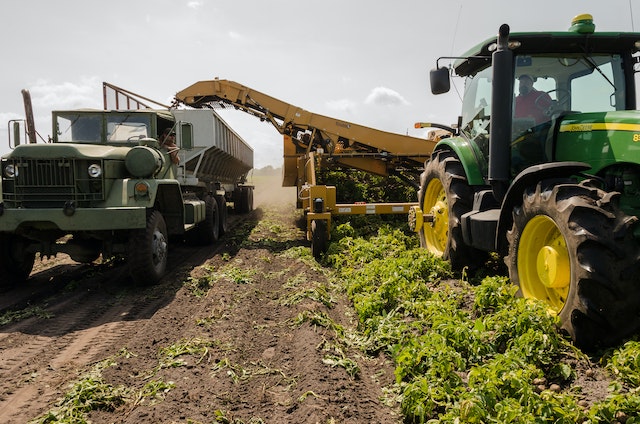

- Rice
There are some species of rice that have been genetically modified to produce beta-carotene, an organic, strongly colored red-orange pigment abundant in fungi, plants, and fruits. Golden rice is one of the common examples of genetically modified rice. This rice contains beta-carotene that is not present in regular rice. However, the other nutrients in the two versions are similar.
- Soybean
Soybean is another popular crop that is genetically modified. GM soybean is approved by most food regulators, including the FDA in the US. Most of the modified soybean species are used to feed animals, including poultry and livestock. They are also used for making soybean oil and as ingredients in processed foods. GM soybeans are also safe for humans, whether in their natural state or processed.
Benefits of GM crops


- Boost crop’s resistance to pests and diseases
Most of the genetically modified crops can resist most of the common diseases and insect pests that could negatively affect their growth. This leads to more healthy fruits and eliminates the percentage of crops that die before harvesting. Overall, GM crops can even thrive in harsh environmental conditions.
- Lowers operations costs
When you grow crops that are less likely to be affected by diseases or pests, you will spend less on pesticides. For crops like cotton, pesticides are among the major operational costs farmers incur. Spraying costs will be significantly reduced if you opt to grow genetically modified versions of crops. Ultimately, this increases the profit margins that farmers generate from sales.
- Boost productivity
When the percentage of plants that make it to the harvesting stage is increased, the obvious outcome is more production capacity from farms. Some crops are also genetically modified to grow faster or bear bigger fruits, which also enhances the production capacity per unit area. Research shows that farmers growing GM crops have significantly more food output than those who don’t.
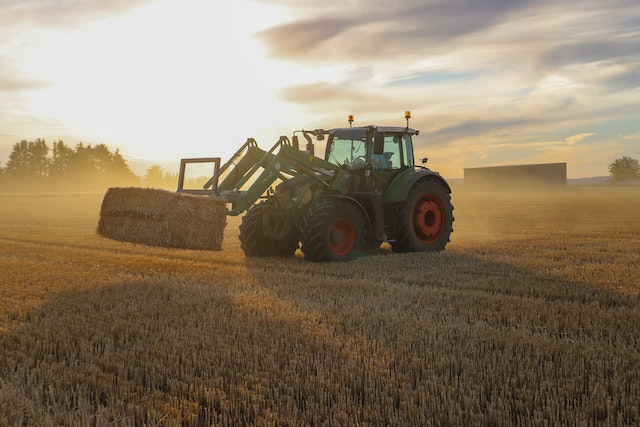

- Lower food prices
An increase in the production capacity of farms leads to lower prices on the food market. This is a huge benefit for the final consumers of these food products, especially families with lower incomes. This also means more people around the world will not starve because of high food prices. Yes, food prices are still high for millions of people around the world, but things would be worse if it weren’t for genetically modified crops.
- Tastier foods
Some of the foods are genetically modified with the aim of improving their taste without altering their food nutrients. We earlier shared with you a study that indicated more people preferred a specific specie of genetically modified tomatoes. There are also GM modifications that simply change the color of the food to make it more appealing to the consumers. The common example that we already covered above is golden rice.
- Food with more desirable traits
Crops can be modified in order to generate more desirable traits when cooked. For instance, there are GM potatoes that have been modified to eliminate a cancer-causing substance when fried. This makes eating such foods safer than their original version. Of course, food with less harmful traits will usually be more expensive than the standard version. However, the price is usually not that big.
- Longer shelf life
Some GM crops are able to deal with bruises better. As we saw above, some species of apples and potatoes will not experience the browsing effect even when cut in half. This makes transporting and storing these plants much safer because you won’t have to worry about minor physical damages.
Potential problems of genetically modified crops
Creation of less nutritious crops
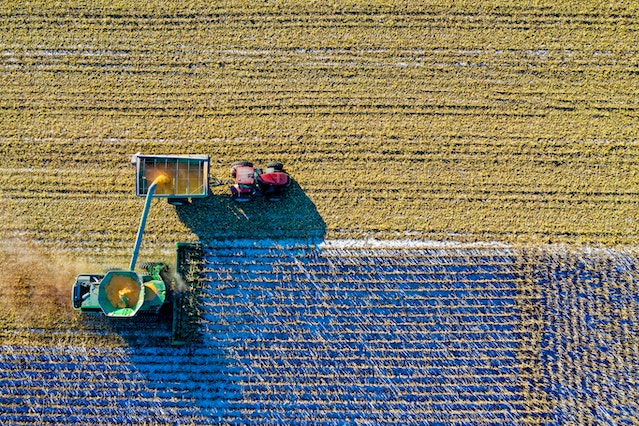

Some genetically modified crops are less nutritious than their original versions. Of course, the nutrient difference between GM crops and their original versions may not be significant, but the impact may add up if these foods are consumed over a long period. The good news is that these crops are generally safe and do not have any negative effects on people’s health.
They are a threat to insects that are important in the ecosystem.
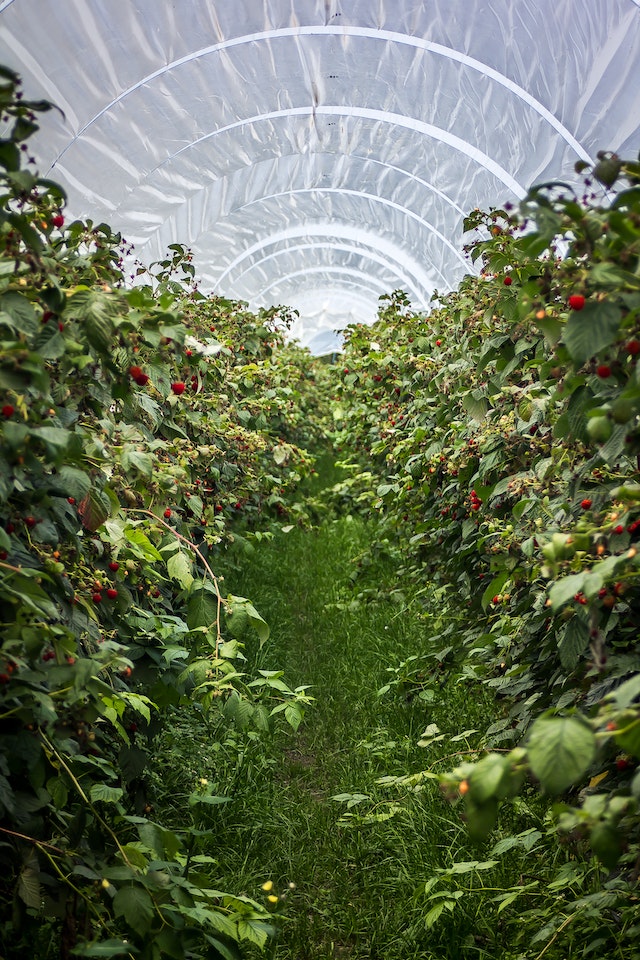

Most genetically modified crops are altered to make them more resistant to insects. That means insects that try to feed on them die. This might be a benefit to the overall growth of the crops but could be a danger to other ecosystem roles that these insects play. Some insects, such as butterflies, that are not a danger to any crops could also be killed by some GM plants.
They can fuel the growth of weeds.
Some genetically modified plants can enhance the growth of unwanted plants that could be dangerous to the plants themselves and livestock. To keep these weeds under control, scientists have created herbicides that were initially not necessary with the original version of the crops. However, these herbicides can be dangerous to various animals that feed on GMO crops, such as cows.
They can affect the soil in the long term.
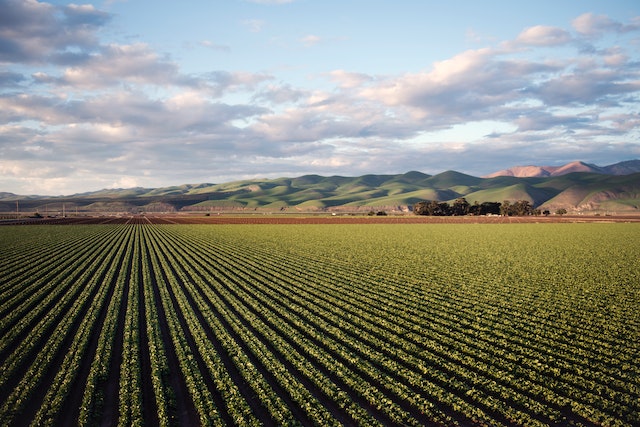

As we saw above, some GM crops fuel the growth of weeds. These weeds are eliminated using herbicides that can negatively affect the soils in the long term. However, there haven’t been studies indicating the extent of damage that is caused by the growth of GM crops. It is usually an issue that most GMO critics raise. More research needs to be done to identify these negative side effects that GMO critics talk about.
Bottom line
GM technology is very crucial in boosting the overall productivity in the agricultural sector. Growing crops that can persevere through hard environmental conditions leads to more production and less operational costs to decreased reliance on farm inputs such as herbicides and pesticides.
Of course, there are some minor side effects of genetically modified crops that some critics have pointed out. However, most of them do not have life-threatening effects that should scare people away from growing these crops or consuming their products. Overall, using GM technology is a net positive for the agricultural sector and the world at large.



